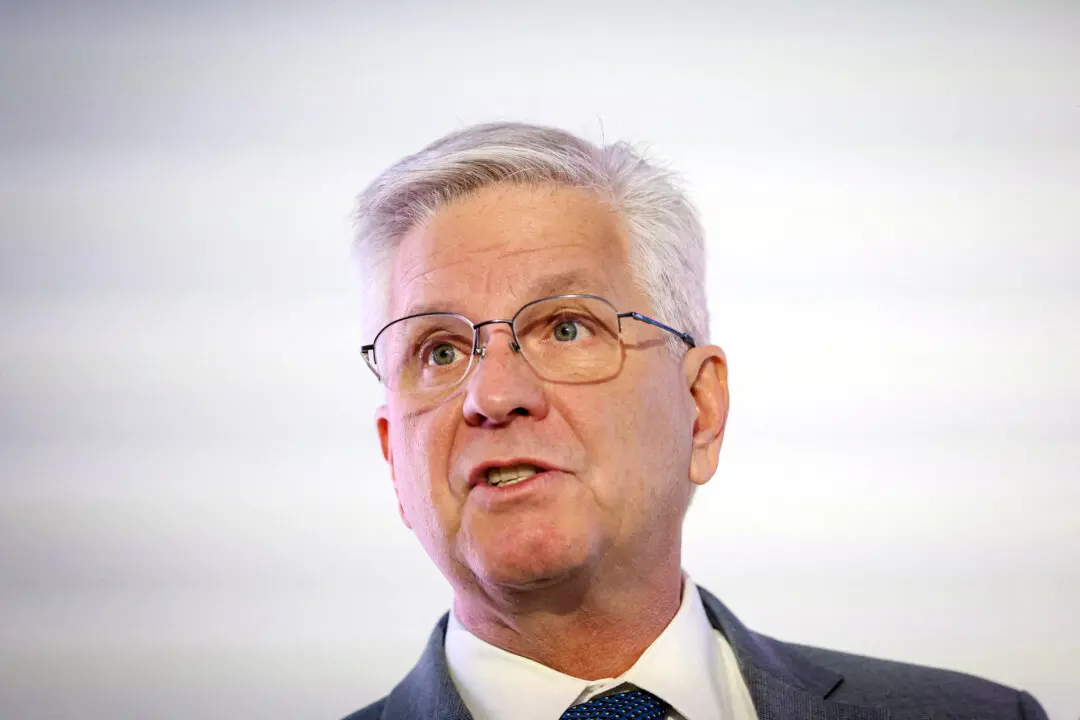Global central bank gold reserves increased by an additional 52 tons in February, representing the 11th consecutive month of net purchases of the precious metal, new data show.
According to the latest figures from the World Gold Council (WGC), China was the biggest gold buyer in February, acquiring 24.9 tons. The People’s Bank of China has increased its gold holdings for four straight months, growing its reserves by roughly 102 tons.





